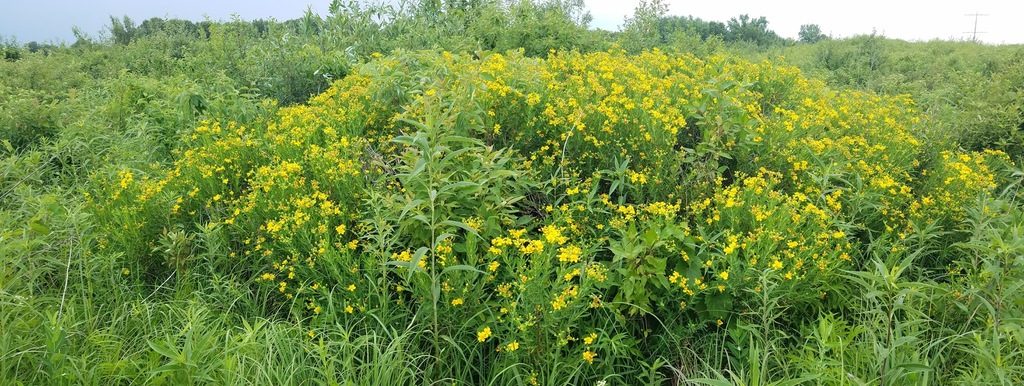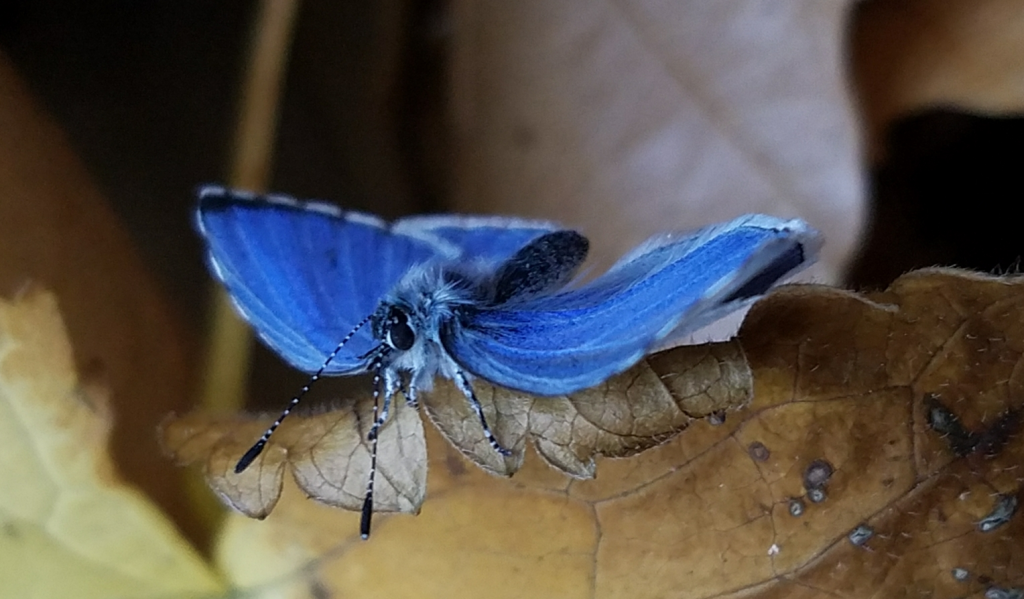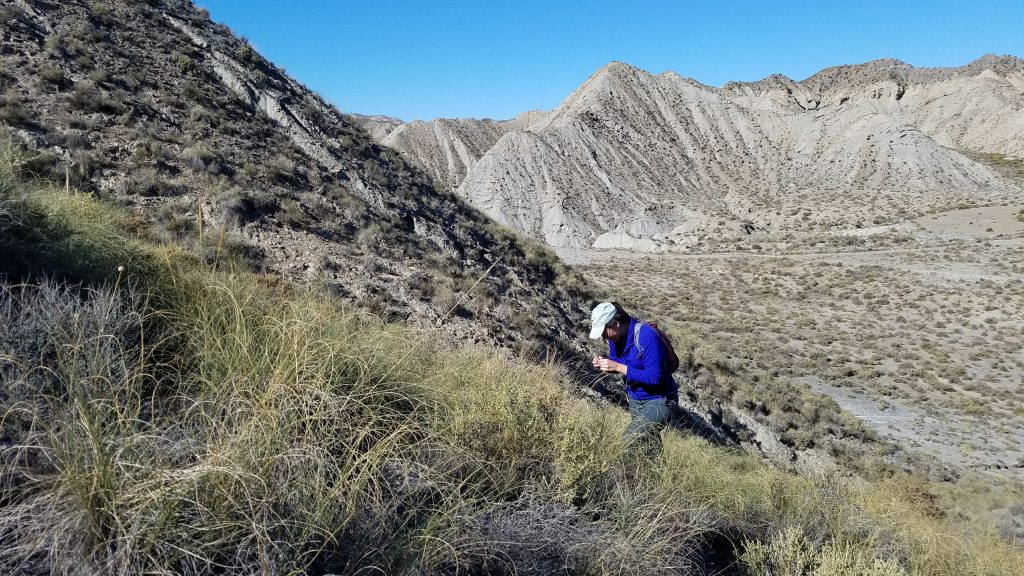The past year has been exciting for me, botanically speaking, as I pushed myself outside my somewhat monotonous prairie restoration monitoring to explore more remnant areas, learning the more obscure Illinois flora in my free time. With the new Flora of the Chicago Region in hand, I documented over 1000 plant taxa in the state of Illinois and almost 300 more worldwide on a trip to western Europe. I found a previously unknown, car-sized population (individual?) of Hypericum swinkianum (or is it a new species?) and have quite a bit more exploring of that sand prairie to do in 2018.

I also found some county records, including Nabalus crepidineus in full glorious bloom, or as glorious the bloom a single plant can be! Having visited quite a few sandier plants than before I have a new appreciation for and understanding of the Chicago Region’s coastal disjunct flora.
Hiking in Europe’s only desert and beginning to learn the Mediterranean and alpine flora were highlights of the fall. And it’s been a long-term goal to step up my non-plant observations, with almost 800 observations of over 320 species, mostly insects and birds, found in 2017.
Being more meticulous about my observations of the Illinois flora led to placing 1st in the 2017 Illinois Botanists Big Year contest for most taxa seen. The summary and stats are over at the Illinois Native Plant Society website: http://illinoisplants.org/illinois-botanists-big-year-2017
Of late I have also volunteered much free time helping out on iNaturalist as a “curator,” by improving the taxonomic database, helping new users, resolving issues, documenting range expansions, and improving the quality of the data. My photos of hoarfrost on the prairie (and, I think, my time spent curating) got me the iNaturalist Observation of the Day and Observation of the Week, with a little write-up on the iNaturalist blog.
Short-term goals of sorts include delving more into learning the non-plant world, trying to be a better 100% Naturalist, and sketching out how my varied botanical and other ecological interests and inquiries can fit into my lifestyle as an ecological consultant. Hm…


I wonder if you can integrate iNaturalist INTO your ecological consultations. I get the chance to do this quite a bit as I work with a park board or city council on public lands — we host a public bioblitz and folks can examine the results on iNat. I know that the land you’re working with may be more private, and the landowners/managers may not want to share that information (obscuring observations?)… Buuuut, I’m sure that there could be some folks that want to share some discoveries with the rest of the public… Maybe! :)
I definitely do quite a bit of iNatting in the field while at work, though a lot of my monitoring projects are cookie-cutter prairie restorations and stormwater basins monitored for compliance with local regs. So that makes the plants somewhat uninteresting, but if I intentionally focus on arthropods and birds it should liven it up a bit. Thinking of getting a camera somewhere inbetween my telephoto DSLR and my phone so that I can have decent zoom/macro but not be weighed down so much for all-day field work…
You inspire me! Go Cassi!